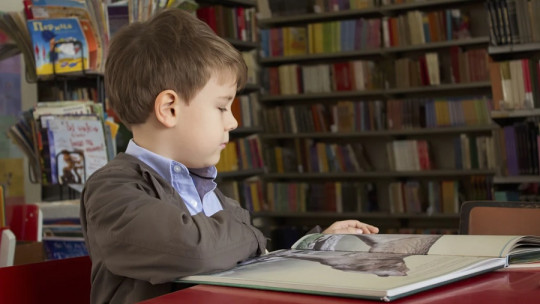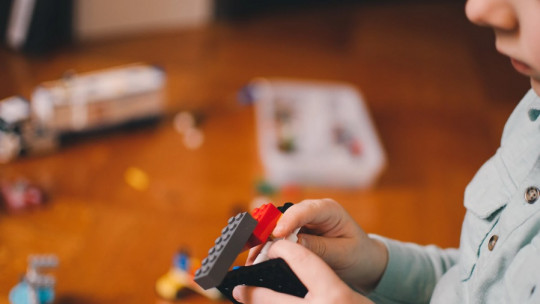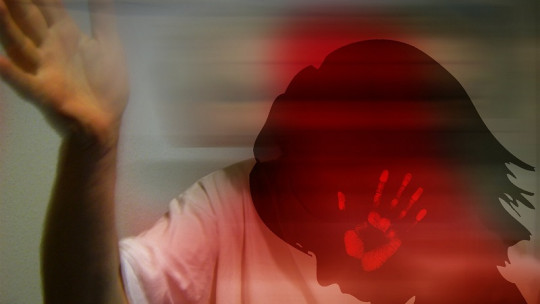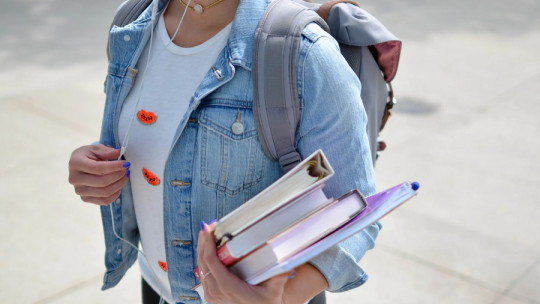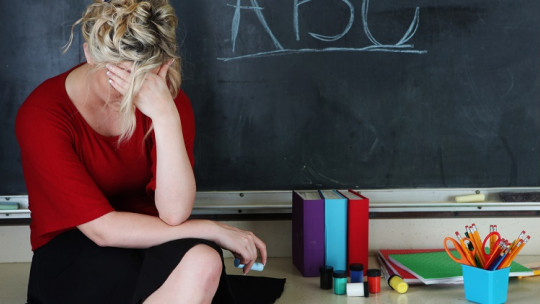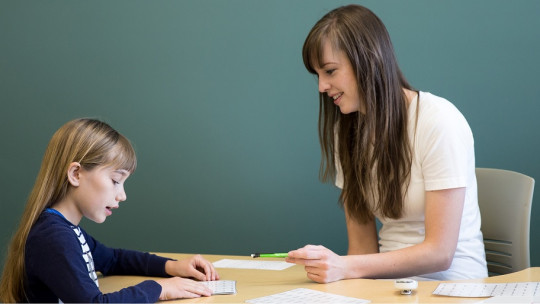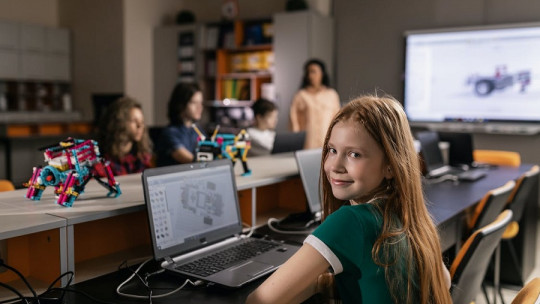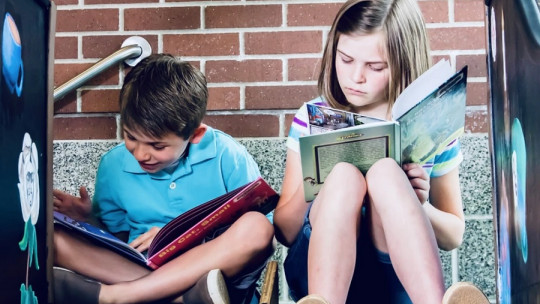
In a study carried out internationally by Brunner et al. (2013), the statistics reflected an average percentage of 27.6% in the European students who reported having committed at least one episode of self-harm in their life.
Among them, 7.8% had carried out more than five actions of this type. The data from the Spanish state indicated a position very similar to the international average (28.9% and 7.6%, respectively), a fact that indicates a significant prevalence of these disturbing behaviors in our young people.
Non-Suicidal Self-Injury in the educational and school environment
The studies carried out conclude that this type of behavior usually begins between 13 and 14 years of age and, despite the alarm that may arise from its occurrence, they are rarely directly related to clear suicidal ideation Even so, when a recurrence is observed in this type of actions, the real risk of suicide becomes a higher danger. This is explained because, after a period of habituation to the level of pain that self-injury entails for the individual, he or she tends to engage in behaviors that result in a higher level of pain sensation, potentially inflicting one’s own death in this way ( Straub, 2018).
For all these reasons, early detection is extremely essential since these types of actions are usually caused by the experience of intense emotional discomfort and are carried out as a way to relieve said psychological tensions. In these cases, A relevant role falls on the figure of the academic educator as a young person It seems essential, therefore, to provide this figure with some initial guidelines for action so that the teacher can adequately address such a complex and delicate situation.
Indicators
There are certain indicators that can alert the educator to the presence of this type of behavior, such as: the observation of bodily wounds caused by ambiguous or difficult to explain situations, clothing that is not in keeping with the time of year (wearing long sleeves or a high collar in summer), the possession of sharp objects among the children’s personal effects or witnessing sudden and recurrent absences to go to the bathroom during classes.
Tips for educators
These are several Guidelines to follow by educators dealing with young people who present Non-Suicidal Self-Injury
1. Don’t judge
A first basic point lies in put aside attitudes of incomprehension, rejection or panic when the adolescent agrees to verbalize the commission of these actions. For the latter, the fact of sharing their experience of emotional discomfort already becomes an extremely difficult process in itself, so the response that is recommended to be provided as educators must be calm, support, trust and empathy in the face of their insecurities.
The objective of this type of treatment should be for the student to understand that he is valued as a person (although not his behavior) and to perceive that the people around him care about him and his well-being. Without resorting to pressure or demands, it is recommended to motivate the young person to seek or agree to receive professional help. In approximately half of the cases on which the aforementioned research surveys are based, it is confirmed that students want to abandon this type of behavior and who seem receptive to attending therapy.
2. Know how to listen
Secondly, it is necessary to address directly with the adolescent the factors that are motivating these behaviors, as well as their frequency and severity. This allows consider referral to a professional who can offer individualized therapeutic assistance and help you acquire psychological strategies to manage your emotions and discomfort in an appropriate and adaptive way.
Questions like: “Have you ever thought about not continuing to live because of a problem that you believe has no solution?” or “Have you ever thought of a specific plan to carry it out?” They can be very helpful in determining the level of risk of actual suicidal behavior, since usually in non-suicidal self-injury the person does not realistically consider what method they are going to follow to implement said purpose.
3. Don’t let the environment reinforce it
Another relevant aspect lies in Do not reinforce the adolescent’s self-harm behaviors, so the educator must maintain a discreet posture with respect to classmates and ask the adolescent to keep the wounds covered without giving them excessive importance. This measure prevents the effect of “contagion” of behavior through imitation of other children, potentially common in adolescent age groups. It is advisable, however, to consult the problem with the psychology specialist at the educational center so that he can advise you on how to approach the direct approach to the topic with the student.
4. Know the causes and control them
A fourth element to consider lies in the fact that they are family problems, conflicts in the group of friends or difficulties at school the main factors that are associated with a greater frequency of execution of these behaviors. Despite this, it has been observed that a greater probability of actual suicide risk is associated with a self-perception of loneliness or isolation, absence of social support, and the presence of a psychiatric history.
If a high risk of suicide is confirmed, the minor should be referred for therapeutic follow-up while admitted to a mental health center. On the contrary, in cases of non-suicidal self-injurious behavior, follow-up may be carried out at an outpatient level.
5. Apply the appropriate techniques and methods
Finally, although the student in question is carrying out individual therapeutic monitoring for his part, it is worth mentioning that there are a series of guidelines that may favor a remission of the self-harm tendency Thus, meditation and relaxation exercises, carrying out disconnection activities such as sports or music, establishing alternative action plans for self-harming behavior or cognitive work on possible distortions when interpreting personal situations are included as effective elements in psychoeducational intervention with these young people.
In conclusion
In-Albon et al. (2015) present a brief action guide for educators that summarizes what has been discussed so far. Specifically, the authors indicate the following guidelines as relevant:

